At the heart of the concept of biocultural diversity is the idea that much of culture is based in the natural world, so a diversity of cultures and cultural phenomena arises from a natural environment with great natural or biological diversity. Human culture and productive land uses can actually promote higher biodiversity by producing many different habitats—a more diverse landscape—through human intervention (the Satoyama Initiative, my research project’s focus, is one example of this type of thinking). Therefore, biodiversity and cultural diversity go hand in hand. This is demonstrated by the higher linguistic diversity that has been found in places with higher biodiversity.
While, in the urban case, greater cultural diversity probably does not lead directly to higher biodiversity in the same way it does in many peri-urban and rural areas, if you consider that many cultural elements have their roots in biodiversity, as I recently wrote on TNOC, much of urban diversity can be viewed as a form of biocultural diversity. It makes sense that, along with cultural diversity in the form of linguistic diversity and various cultural phenomena, diverse knowledge systems would arise in people coming from different ecosystems and ways of life. This also applies to knowledge generation in urban settings, where cultural traditions—historical and modern, from all over the world—are forced to rub shoulders and find ways to coexist.
What does it take for a city to be in harmony with nature? The answer depends on your perspective.
For instance, consider this statement: Earth is our mother, and just as when a child gets a cold and passes it on to its mother, we make our Mother Earth sick if we live in a way that is sick—in other words, in a way that is not in harmony with nature. This was one of the messages delivered by Otsi.tsa.ken:RA (Charles Patton), an Elder of the Mohawk Nation, in his opening address to the ninth meeting of the Ad Hoc Open-Ended Working Group on Article 8(j) and Related Provisions of the Convention on Biological Diversity (WG8J-9), held from 4–7 November, 2015 in Montreal.
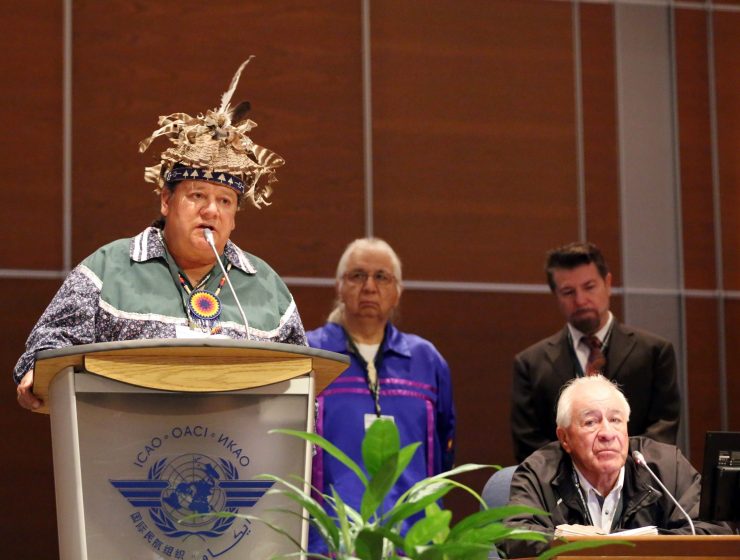
The WG8J meeting is one of the regular processes under the CBD, and has grown out of the recognition of the importance of Article 8(j) of the Convention, which states that each nation that is a party to the Convention shall, “…subject to its national legislation, respect, preserve and maintain knowledge, innovations and practices of indigenous and local communities embodying traditional lifestyles relevant for the conservation and sustainable use of biological diversity…” Many of the discussions surrounding this article have to do with traditional knowledge, its conservation and its application.
The WG8J-9 meeting was held back-to-back with, and partly overlapping, the CBD’s nineteenth meeting of the Subsidiary Body on Scientific, Technical and Technological Advice (SBSTTA-19), held from 2–5 November. In general, these meetings are concerned with the science side of CBD processes; this year, biodiversity and health was one of the subjects for discussion on the agenda. The overlap of the two meetings held in the middle of a large and diverse city gave participants the chance to think about the overlap between urban health, biodiversity, traditional knowledge and cultural diversity.
At one side event arranged by my organization, the United Nations University Institute for the Advanced Study of Sustainability (UNU-IAS), alongside the Secretariat of the CBD and Future Earth, and titled “Biodiversity, Health and Sustainable Development,” one of the contributors presented a new report from the Lancet’s Commission on Planetary Health called “Safeguarding Human Health in the Anthropocene Epoch.” The report brings together much of the growing body of knowledge on the links between environmental and human health. Anyone reading this essay (including recent readers of this blog) probably already knows this, but we can no longer ignore the importance of environment for human health, both at micro and macro levels.
Now I ask you to recall the message from Elder Otsi.tsa.ken:RA paraphrased earlier in this essay, followed by this passage from American fiction writer and essayist, Wendell Berry, quoted in the Lancet report on biodiversity and health mentioned above:
“We have lived our lives by the assumption that what was good for us would be good for the world. We have been wrong. We must change our lives so that it will be possible to live by the contrary assumption, what is good for the world will be good for us. And that requires that we make the effort to know the world and learn what is good for it.” (from Berry’s The Long-Legged House, 1969)
And now consider a statement you might find in the academic idiom, something like: “unsustainable natural-resource extraction and use practices can hinder ecosystem functions and thus reduce the provision of ecosystem services.” Are these three different statements, and if so, what makes them different? Essentially, they are saying the same thing—that we should be good to the environment because it is also good for us (my paraphrase here represents yet another idiom, of course)—but the statements represent three different approaches to thinking about the issue, coming from three different knowledge systems, and each applies its own set of assumptions and concepts. This way in which different traditions can share the same conceptual space—and the same physical space, in the case of a city—is the essence of biocultural diversity as laid out above. This example of shared conceptual space illustrates well why respecting different knowledge traditions can be so powerful for dealing with many different issues, from creating healthy cities to a wide range of others.
Biocultural diversity is often thought of in either of two different ways. One is based on the idea of there being a diversity of different cultures in a given region, all of which rely on the biological diversity in the ecosystem for their unique cultural elements. The other is based on a diversity of cultural elements within one cultural tradition—or perhaps a limited number of cultures—in the region, which add up to a culture that is rich and varied within itself. Either way, this is thought to result in a more vibrant and resilient situation in the region. My point with the example of the three statements above is to show how this applies not only to physical, biological and cultural phenomena, but to knowledge traditions as well. This is important because it forms the basis for processes, including the CBD and its WG8J and SBSTTA described above, that bring disparate peoples together to try to solve a difficult problem, whether it is a global threat such as climate change or just figuring out how we can all live together in a city.
While biocultural diversity is more commonly associated with rural life, particularly its biodiversity aspect, it is also of vital importance for the planet’s sake that cities do not place an undue burden on the environment—i.e. they are in harmony with nature, or, in the Elder’s formulation, that cities are healthy. But what does it take for a city to be healthy in this way? The answer depends on your perspective.
First, from a relatively small, human-scale perspective, the city and the surrounding landscape appear to be unrelated, if not in a kind of opposition. People, places and things are either “urban” or “rural,” and the health of the city has little to do with the things that make rural landscapes naturally healthy—clean air, abundant resources, etc. At this scale, what is needed for a city to be healthy is that the individual people in the city have good health, or at least the ability to have good health. This is generally addressed through public health infrastructure in the form of hospitals, etc., and also, as readers of The Nature Of Cities will know, through ample nature and green spaces in the city.
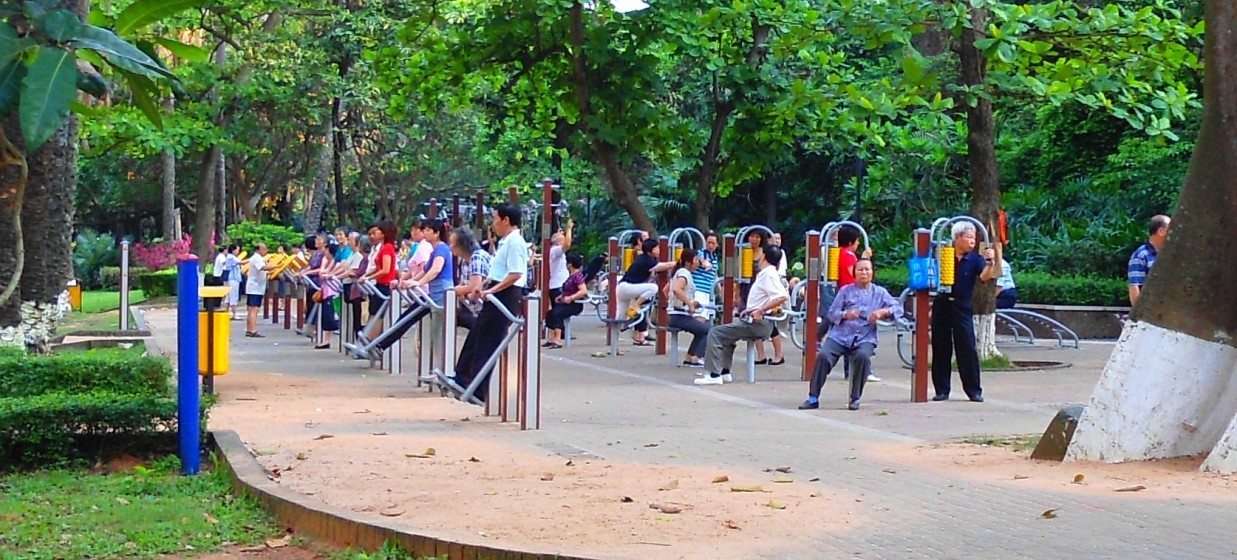
At a much larger scale, a city can be seen to fit into the larger surrounding landscape—not as a separate entity, but as an interconnected part of a landscape comprised of urban, peri-urban and rural areas. At this scale, the city itself must not create such a burden that the landscape as a whole is thrown out of balance and becomes unsustainable. This scale is the province of large-scale policymakers dealing with land-use planning, and often involves issues such as overall green cover, carbon emissions, public transportation and others.
In between these is an intermediate scale, the scale of the city itself. At this scale, a healthy city should have a bustling economy, natural biodiversity in the form of green spaces, and vibrant culture, all of which make the city an attractive and fulfilling place for people to live. This idea of being somewhere people want to live is relevant to the recent attention paid to the concept of resilience, because if the city is somewhere people want to live, it is more likely to be able to absorb shocks and still remain a city. The collapse of some urban centers such as Detroit illustrates the consequences when a city’s people lose their reasons for wanting to be in the city, from employment opportunities existing elsewhere or anything else—not to dismiss the positive potential many see in Detroit. The case of Harlem, New York was also recently covered on TNOC in this regard.
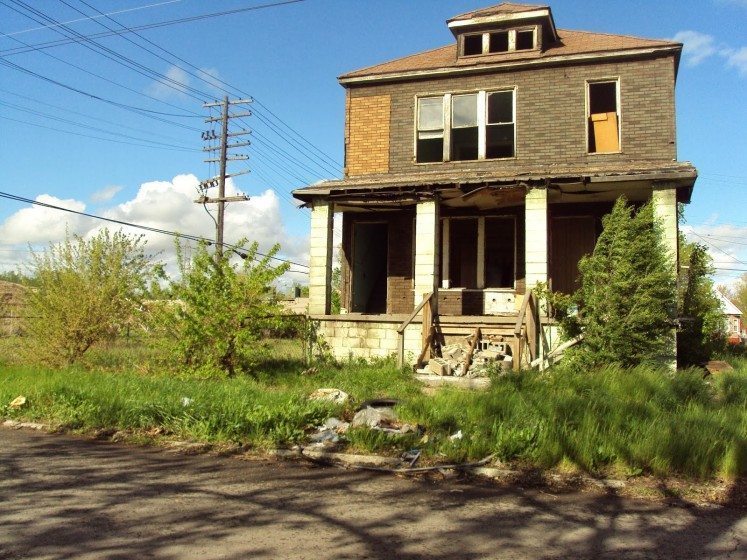
All of these scales—and probably others—are important, and none is necessarily the single right approach to measuring a city’s health. So, for a city to be healthy and resilient, it must allow its people to have good health, it must not cause an undue burden on the environment, and it must be somewhere people will want to live. All of these factors benefit from both biodiversity in the form of nature inside and outside the city, and cultural diversity in the form of the myriad cultural elements in a city, many of which rely on nature for inspiration. In other words, a healthy city benefits from biocultural diversity.
A city with high biocultural diversity is one that has abundant nature, both within the city and in surrounding peri-urban areas, and also vibrant culture that makes it somewhere people want to live and to be. It also has strong ties to rural and other urban areas as a result of the disparate origins of its diverse population, integrating it fully into the surrounding landscape. This helps a city to maintain a lively and robust economy while, importantly, maintaining a high level of human health and overall resilience. All of this adds up to what can truly be called a healthy city—as the Elder puts it, one that will not make Mother Earth sick.
William Dunbar
Tokyo


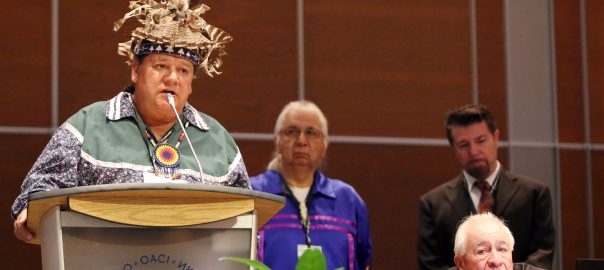
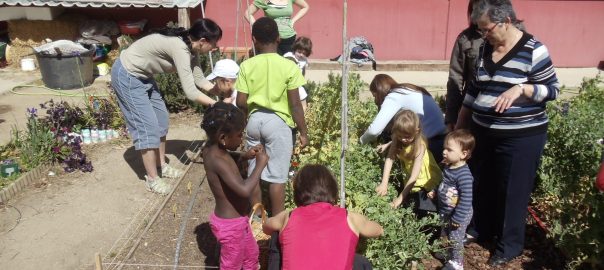
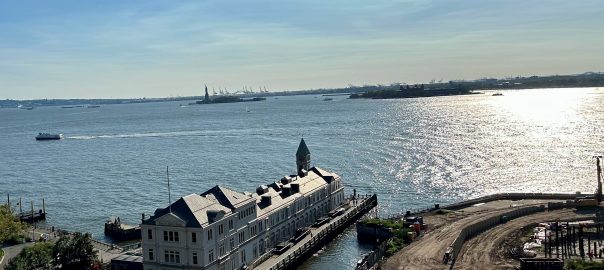
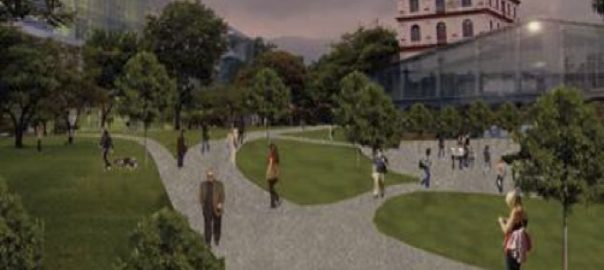
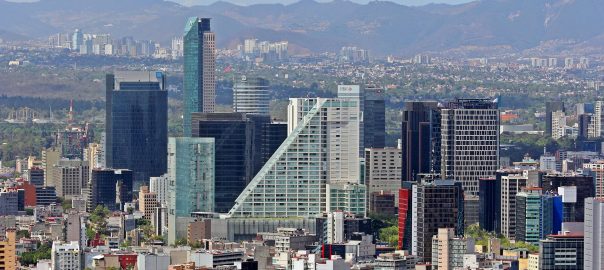
Leave a Reply